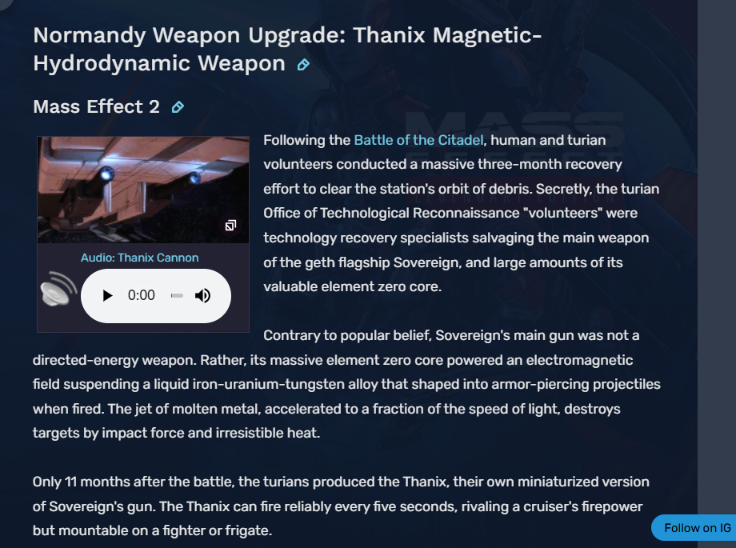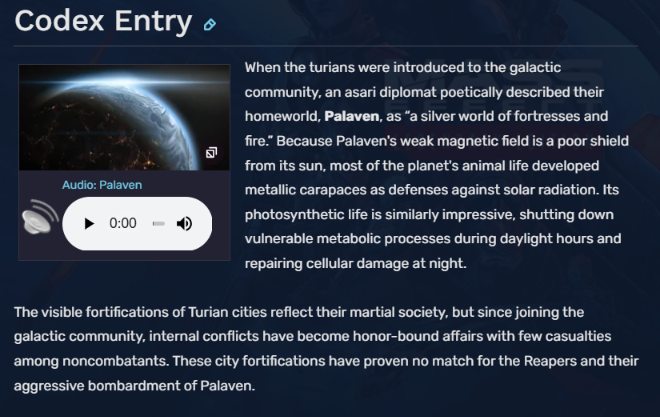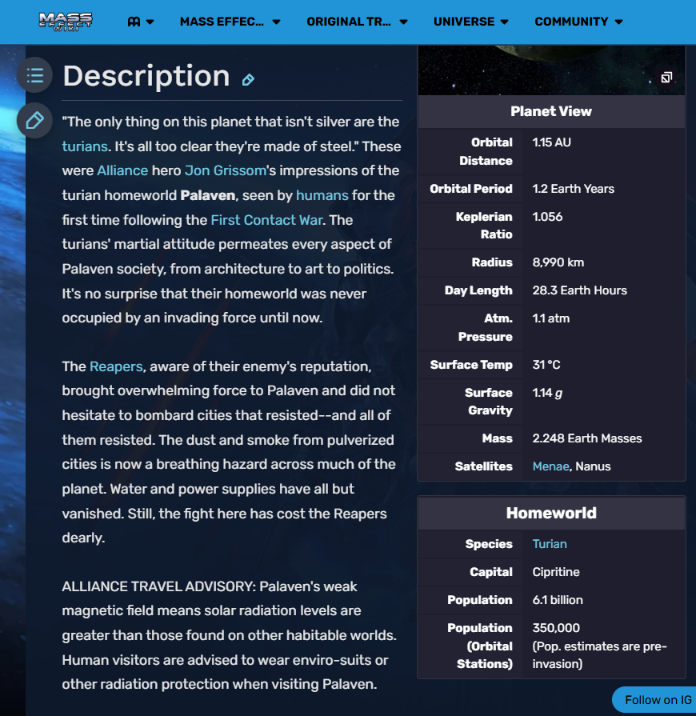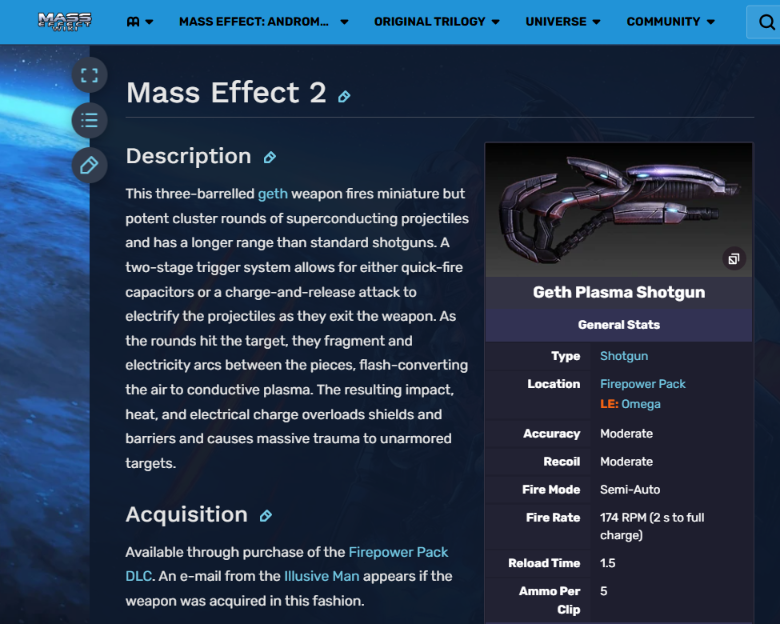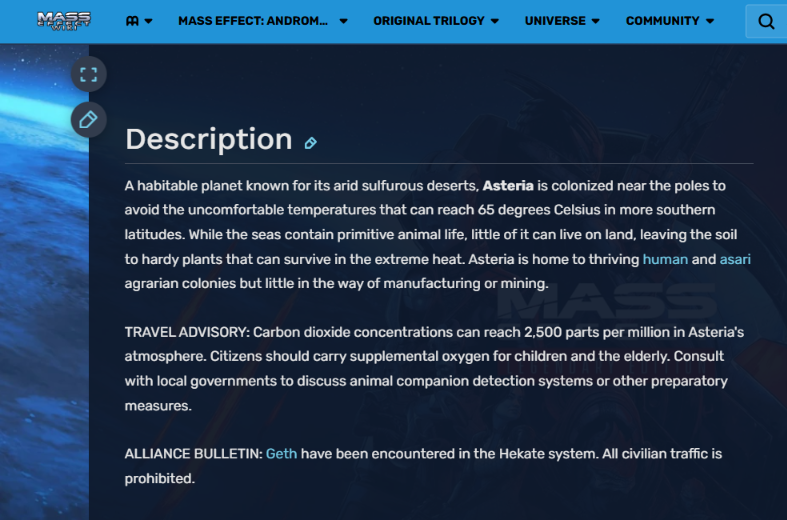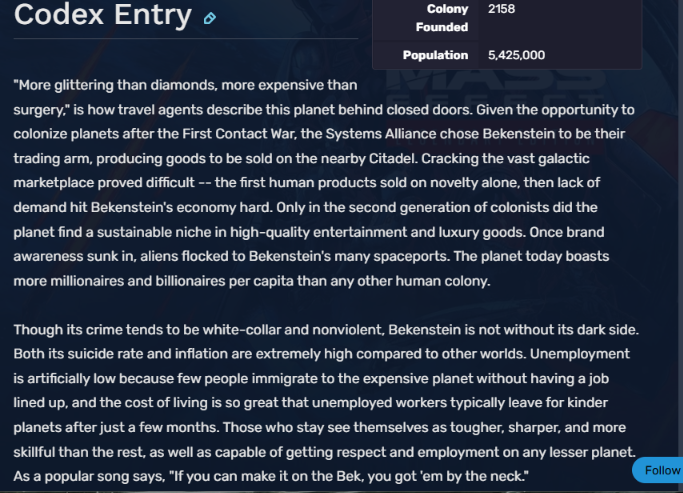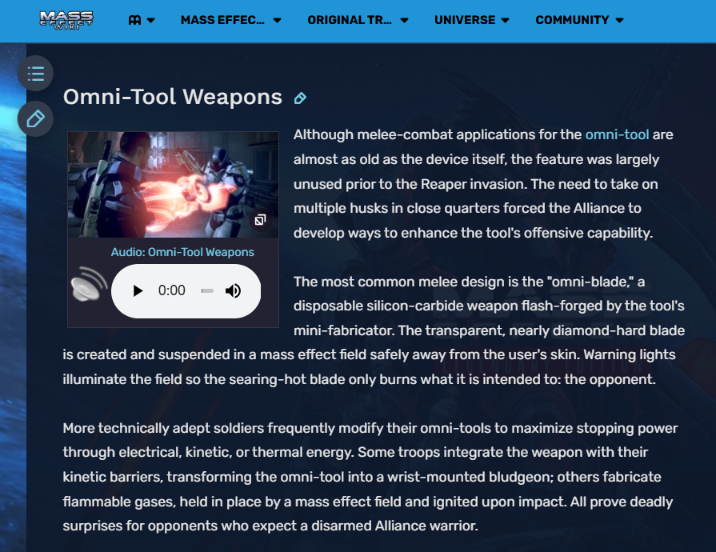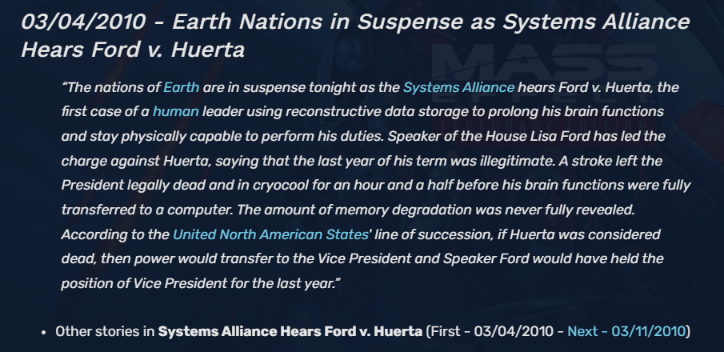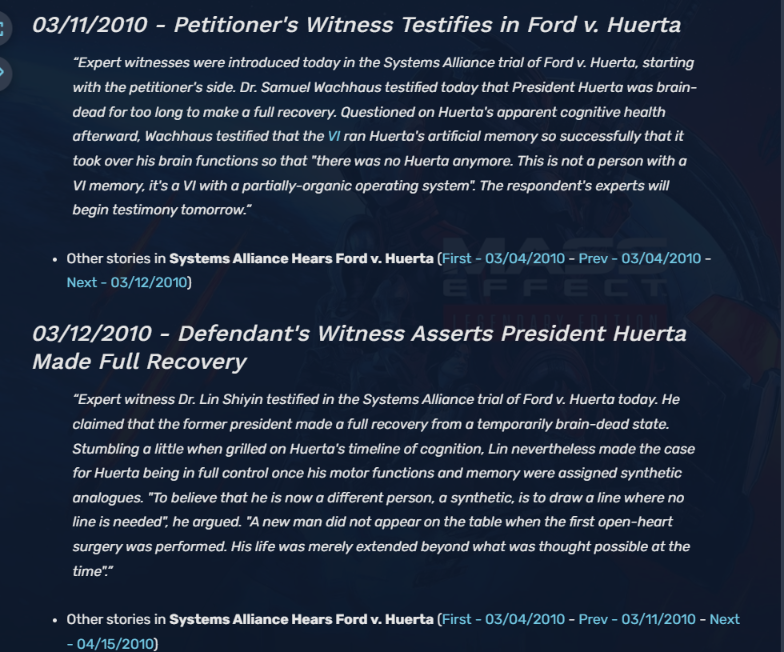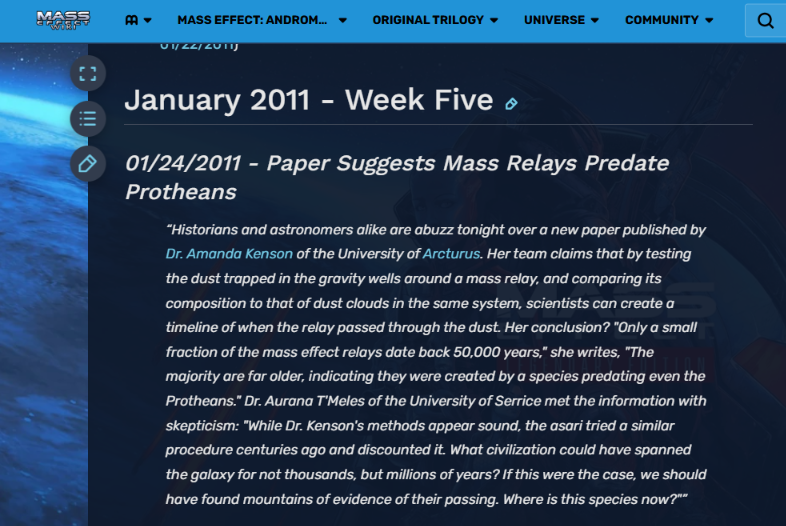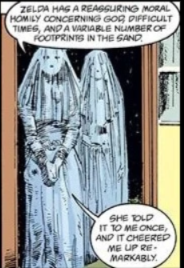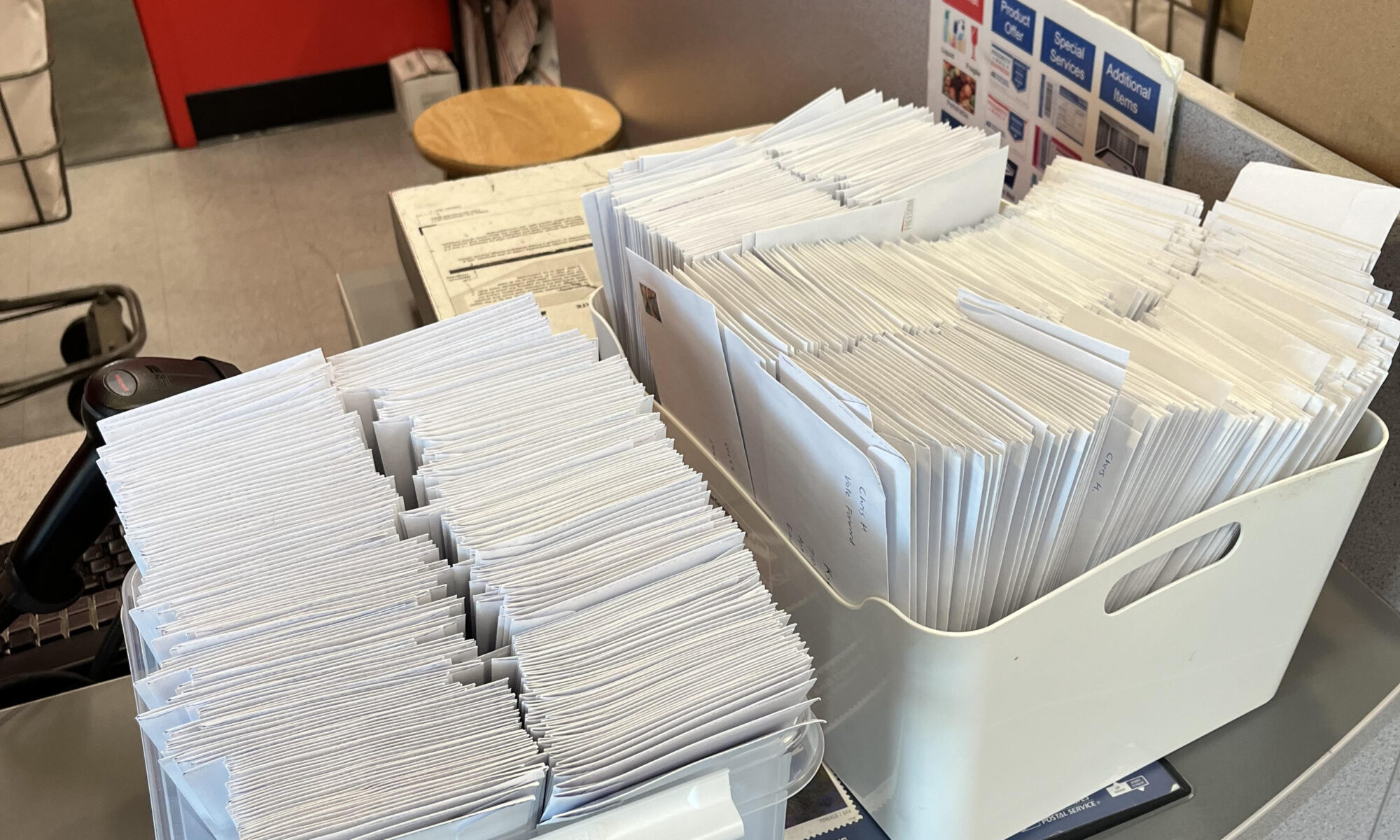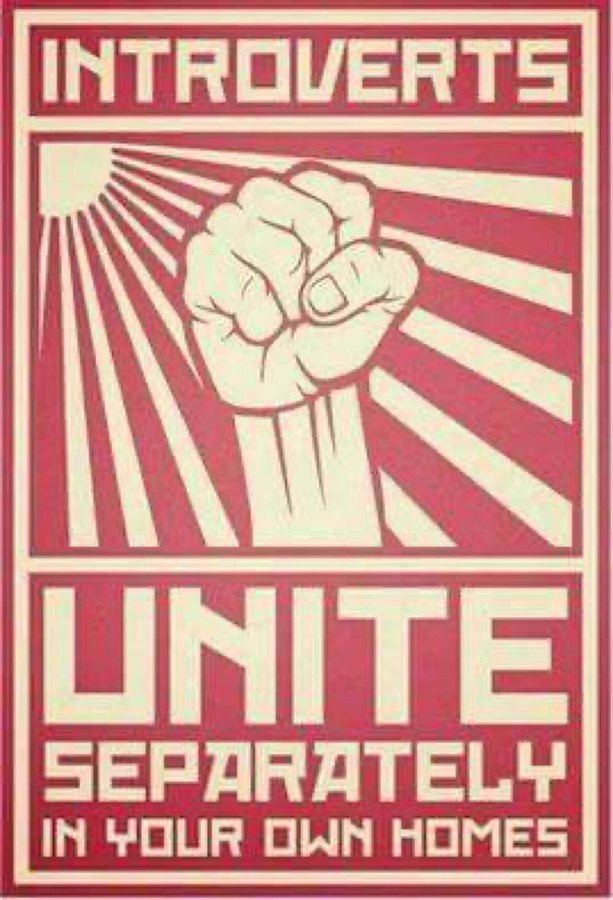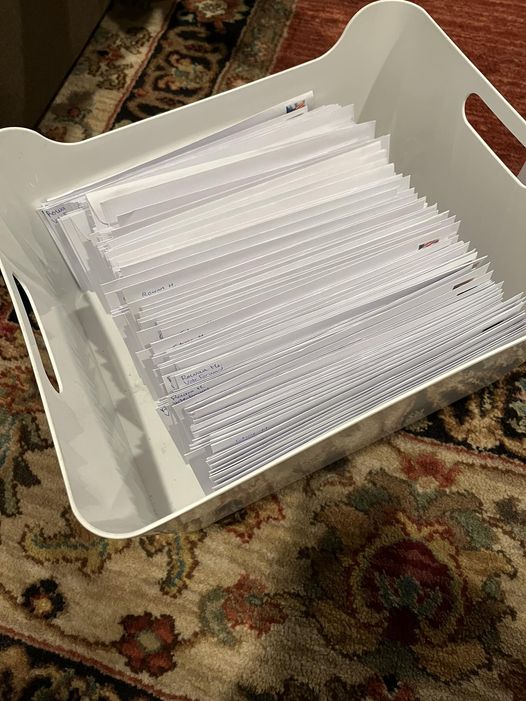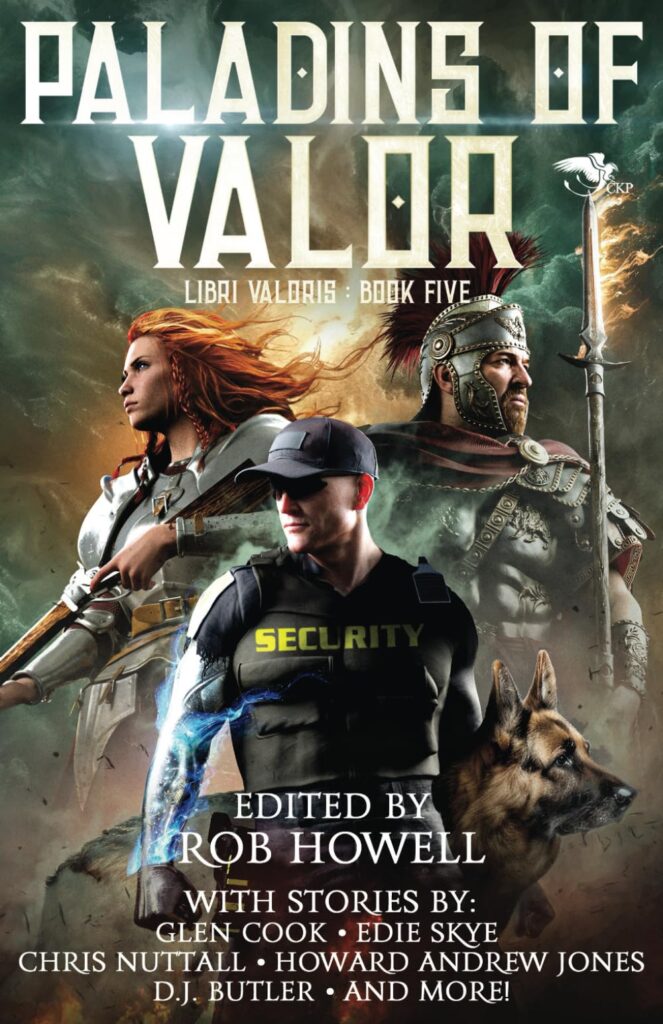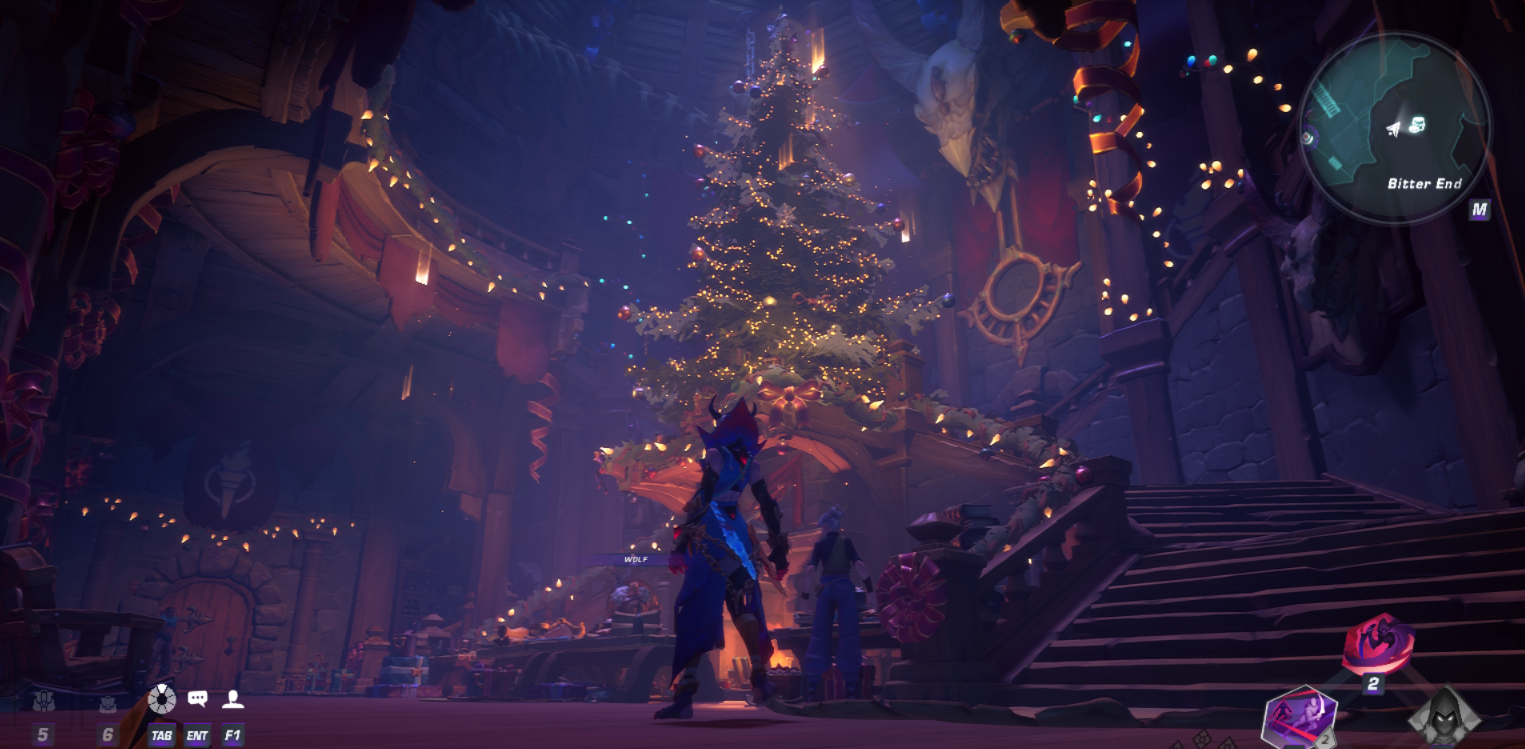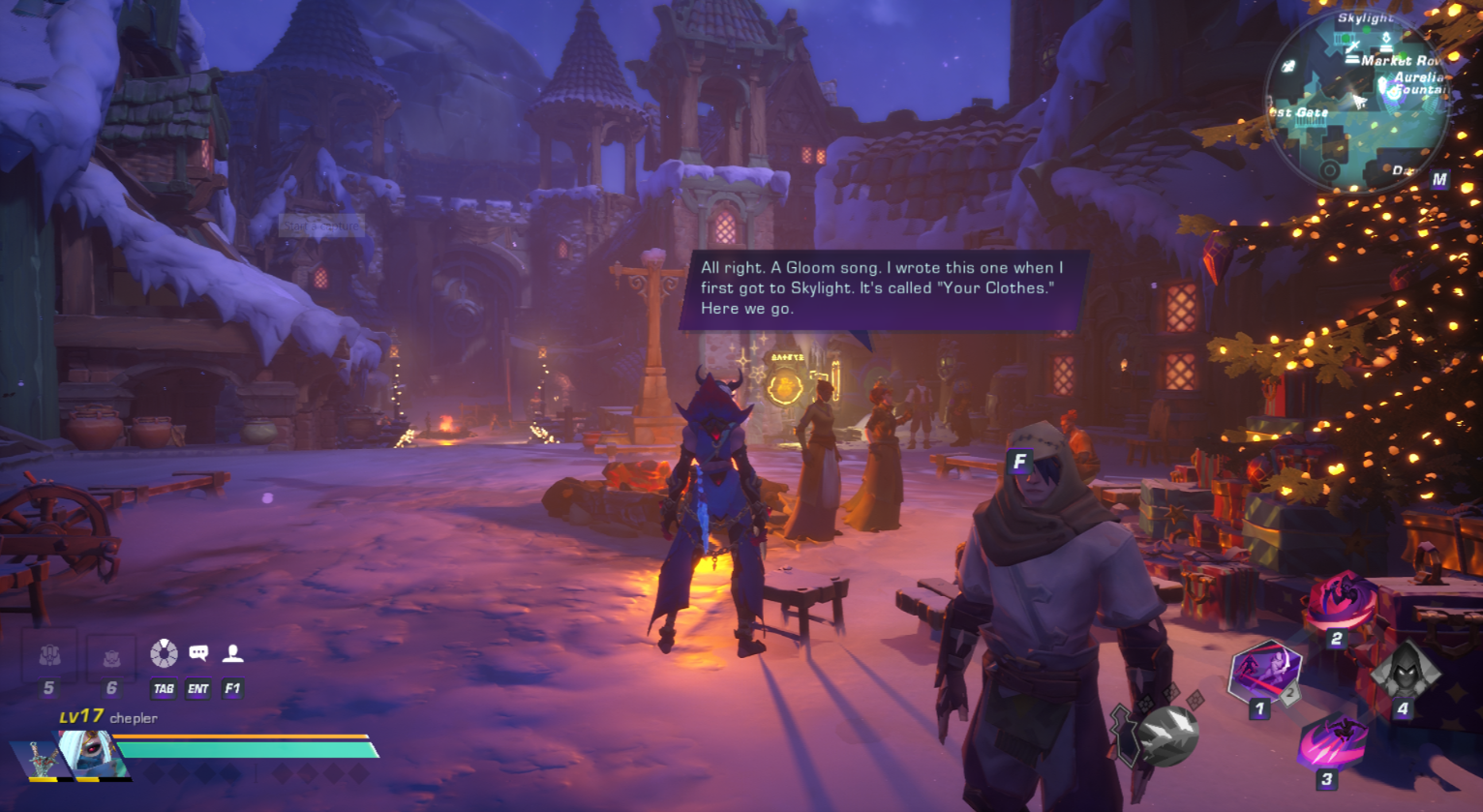If you check me out on social media, you may notice my Bluesky and Twitter aren’t particularly self-aggrandizing. When I found “chrishepler” taken on Twitter, I decided against calling myself “realchrishepler” and went entirely in the opposite direction. My wife, Jennifer Brandes Hepler, had recently gotten Internet famous for all the wrong reasons.
Some background, for those who don’t know the story:
Back in the day, Jennifer was a writer on Dragon Age: Origins and Dragon Age 2, and was active on the BioWare forums. This led to a notorious harassment campaign, basically a GamerGate kind of thing a few years before that movement ever happened.
Why? Well, she wrote a companion character for DA2 who was a) attracted to the player regardless of gender, b) made the first move in romances by hitting on the player, c) gave minor disapproval points if you turned him down, and d) was the best party healer. Some of these were decisions made in the writers’ room, some were systems and mechanics decisions that came together only in the final product. But the end result was, she got all the blame for writing The Gay Guy That the Game Forces You to Bang.
Jennifer got her own Reddit thread as “the cancer killing BioWare.” Doxing and death threats followed, along with a dissection of an old interview in which she said “you know, the part of the game industry I find hardest is putting enough time aside to play a lot of video games.” That, of course, became the evidence that she was Even Worse! Fake Geek Girl!
I think the one lighthearted moment in the whole mess was when an old acquaintance from our college science fiction club read the news. We’d grown apart from him, and neither of us were particularly friendly by the time we’d left Baltimore. But his reaction was “Fake geek? Jenny was writing Shadowrun LARPs with me when there were no Shadowrun LARPs. She founded JohnCon while these idiots were still in diapers. If she’s not a real geek, no one is.”
Anyway, to make a long story medium, the gaming press picked up on the harassment, and it made enough news that when she and I left BioWare, there were a few more articles written about her. And when I was picking out my social media handles, I knew that no one Googling “Hepler” was doing it to find me. So, I just called myself “theotherhepler.” Irony, yes — it’s my last name, she married into it. But she’s always been better at this writing thing than I have, and more famous for it.
Case in point:

Jennifer Hepler is now Narrative Director on the Diablo Franchise
Fast forward to 2025, when the fine folks at Blizzard were looking for someone with lead-writer and writing-director chops. Jennifer’s been doing similar work at another company for a few years now, on an unannounced franchise with a similar vibe, so her work caught their attention. It also didn’t hurt that this year, a lot of Dragon Age fans were looking back and saying, “What made DA: Origins work so well?” Jennifer, who coined the phrase “dark heroic fantasy” that the Origins marketing team ran with, had answers prepared for questions like that.
I could go on all day about how competent my wife is. Since BioWare, she’s worked on Game of Thrones: Ascent (more darkness!), cranked out awesome choose-your-own-romances for the Choices visual novels, edited I don’t-know-how-many other writers, and spoken at GDC summits in which she broke down how she approaches the nuts and bolts of exposition. (She’s super analytical about story structure.) And yes, she’s great about researching the projects she’s on so she doesn’t screw up the essentials. If you’re going through Hell, she’s the writer you’d want plotting your way out.
And me?
I have some gigs, but they’re nowhere near as impressive as the news about Blizzard. I mean, Diablo IV alone was a megahit, to say nothing of Blizzard’s other massively successful online games. It’s one thing to know that intellectually and quite another to see a nine-foot Lilith statue on the company campus grounds.
Meanwhile, I’m working with an indie studio, Quintessence Games. As with the last two indie studios I helped out, our primary focus is to build what the industry calls a “vertical slice.” Basically, early in development you build a mini-level that showcases the kind of gameplay it will have, the kind of art style you want, and the general flow of how it’ll all come together. You then show that to higher-ups and investors, and if successful, you get your game off the ground.
I’ve got high hopes for our project. It is not, however, a good time to be in video games unless you’re sitting on a megahit. More of the companies that can afford writers have been laying off their staff, sometimes by the thousands, in an effort to goose their stock prices. Short-term gain is the only gain in town.
Indie companies have been scooping up some of these writers and focusing on creating games, but in 2024 there were literally thousands of indie games released onto Steam. It is impossible to play all the games released in one year, and difficult to even play a representative selection of a given game’s genre. Standing out from the crowd is a Herculean task, and so working for indies is best done part-time or while lining up future opportunities for employment potential when the contract is done. In other words, my job is work all day, search and plan all night, just in case.
As for spare time… sometimes I have been playing prominent video games that I should’ve played long ago.
A couple of times I took a moment to protest the current political climate (that’s a pile of posts on its own).
I caught up on Ursula LeGuin’s The Left Hand of Darkness, which I’ve never read before.
And, because I’m considering expanding my day job options, I’ve tried a little training for extra skills such as working in the Unreal Editor and copywriting.
Some of these activities felt like a chore — others were comfort food in a world that is becoming defined by its complete lack of comfort.
That means Civil Blood‘s sequel, once again, has been delayed. I hit the milestone of 100,000 words, but the velocity has been at a snail’s pace and the plot is demanding many more scenes than the outline anticipated. Being a political novel about vampires, everything that happens on the news makes me reconsider how I want to explore the themes.
I don’t expect the rough draft to be finished by the end of the year, but I am hopeful. I’m going to do my best to avoid writing The Winds of Winter II: Lady Stoneheart’s Boogaloo — we shall see.
In the meantime, I look forward to seeing what Hell holds.



